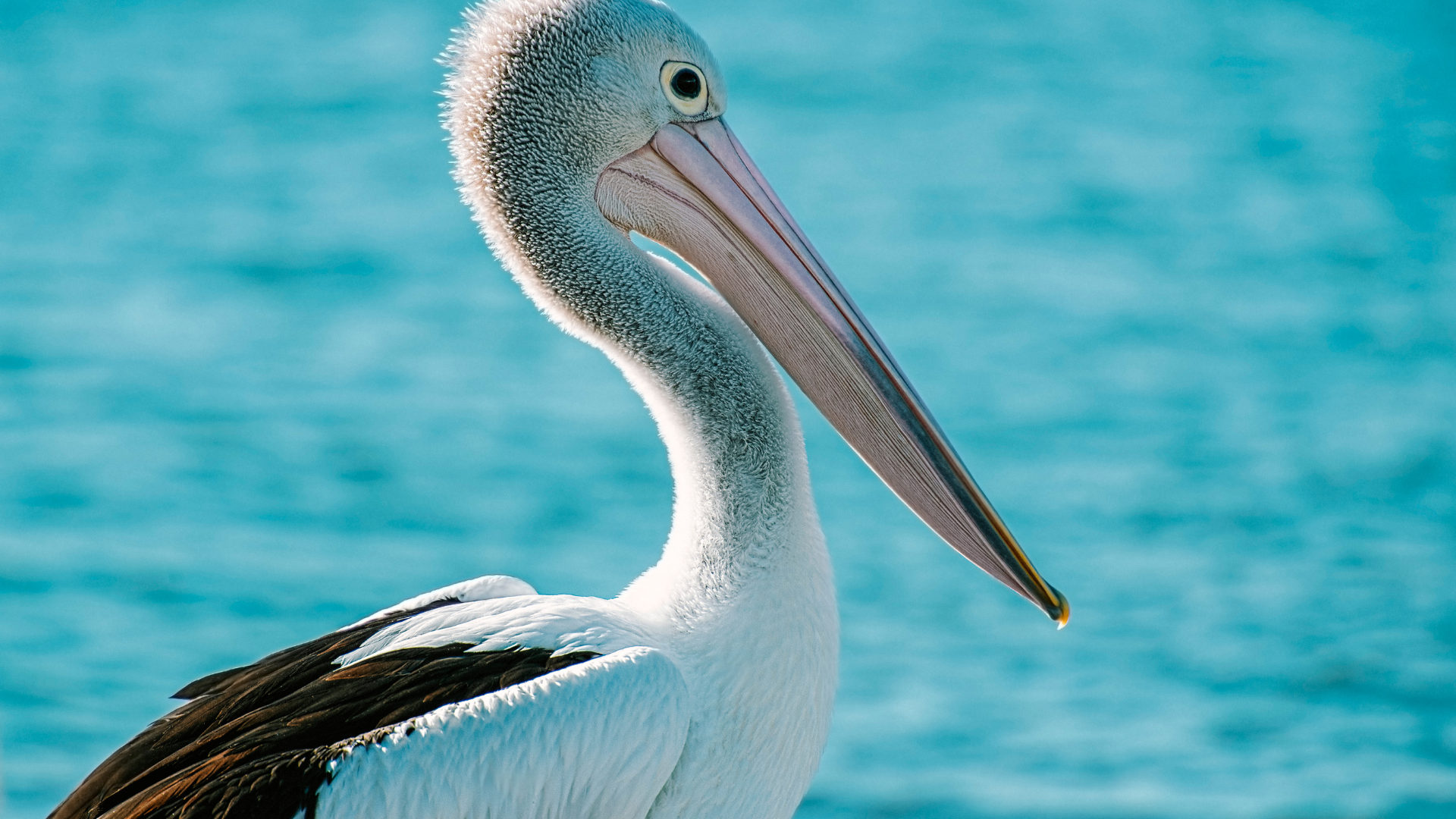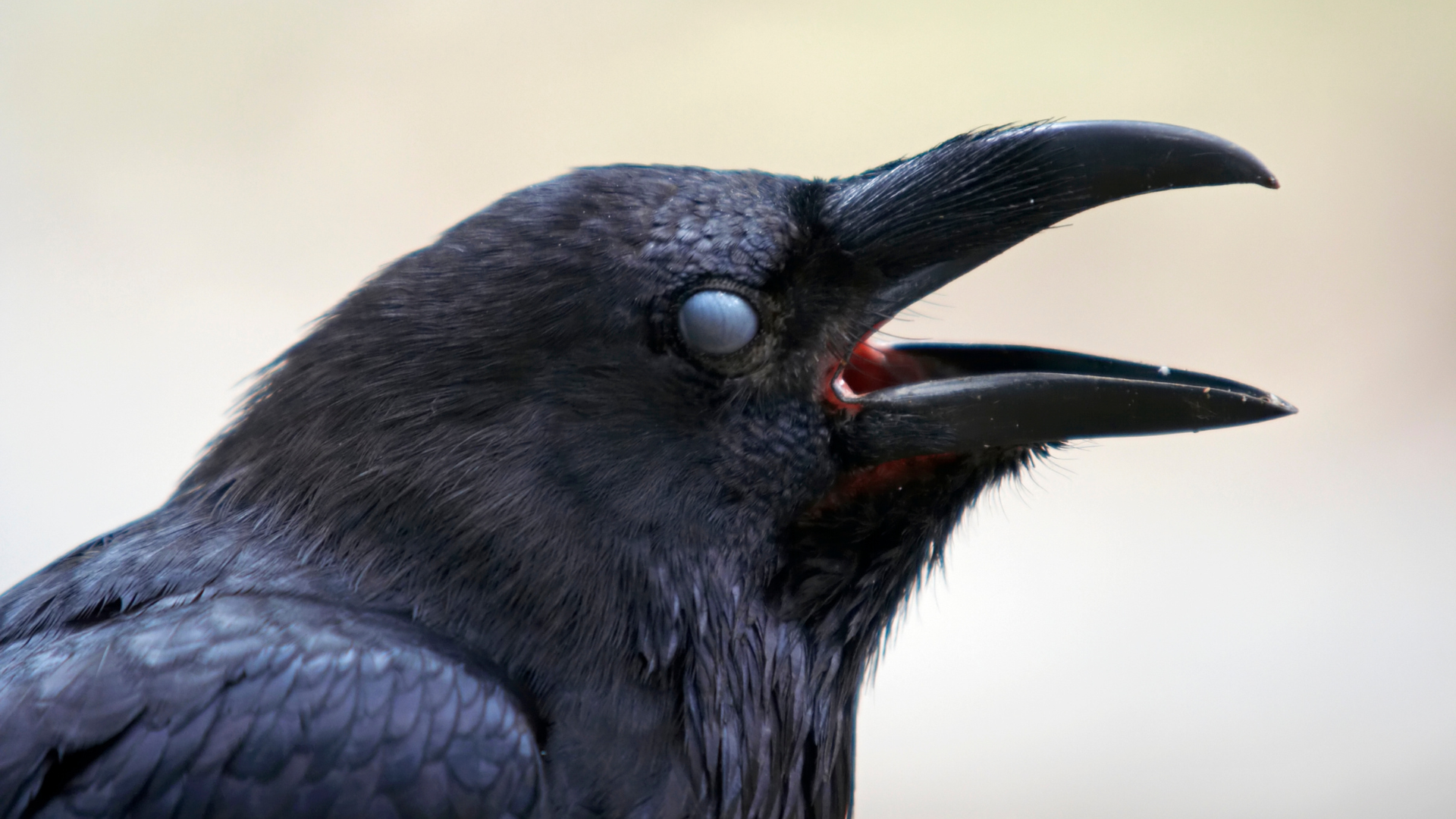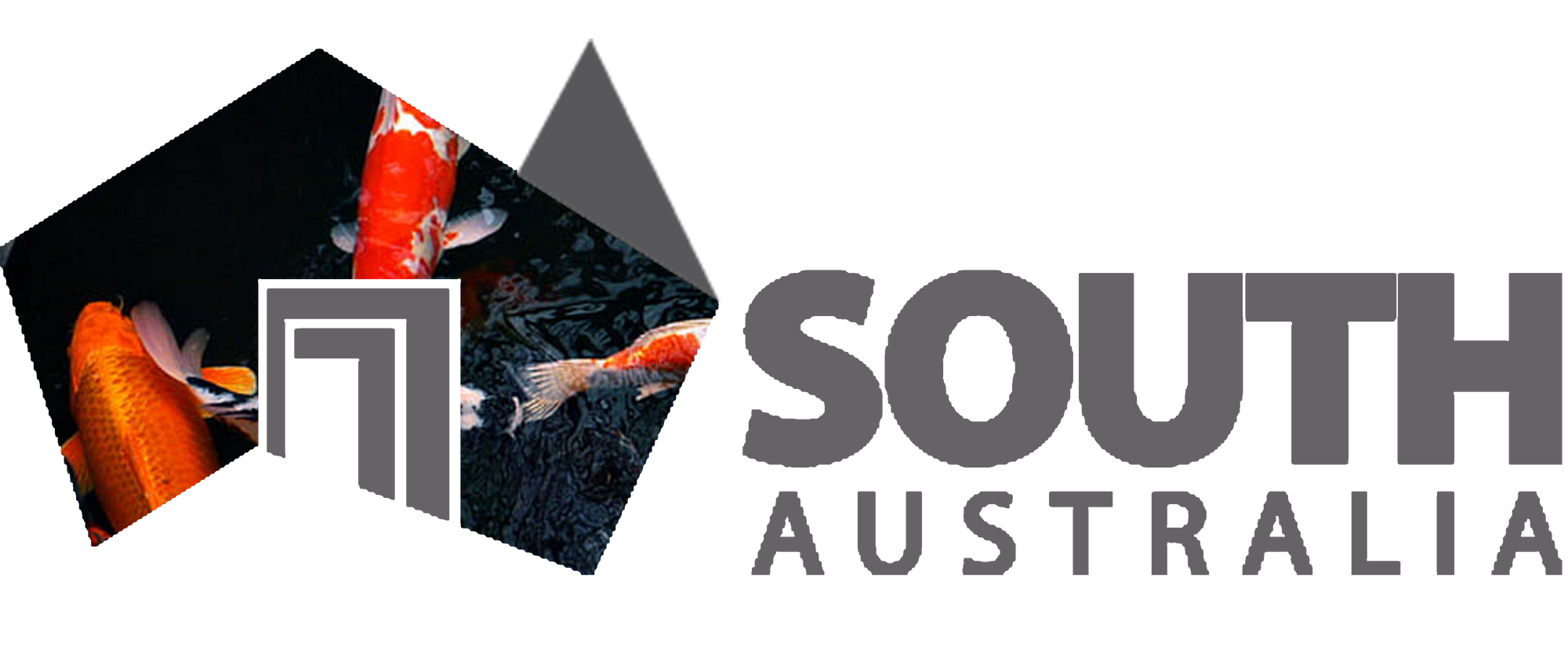The Australian Little Penguin (Eudyptula novaehollandiae), also known as the fairy penguin or blue penguin, is a small, enchanting seabird found along the coastlines of Australia and in New Zealand’s Otago region. With its vibrant blue feathers and charming waddle, this species was first documented in 1826 under the name Spheniscus novaehollandiae. It was later reclassified, and a 2016 study confirmed it as a unique species. While Eudyptula minor is native to New Zealand, E. novaehollandiae represents Australia’s unique avian allure, blending endearing traits with a resilient nature.
Description
Physical Appearance
The Australian Little Penguin, reaching a height of 30-33 cm (12-13 in), ranks among the smallest of its kind. With a weight of approximately 1.5 kg (3.3 lb), it moves with remarkable agility. Its plumage displays a captivating blend of colours: a blue head and upper body, slate-grey ear coverts fading into white on the underside, and striking blue flippers.
The beak, a dark grey-black, measures 3–4 cm, while the eyes glisten in hues of pale silvery or bluish-grey to hazel. The feet, adorned with a soft pink on top and black on the soles and webbing, complement its elegant appearance.
Habitat
Geographic Range
The Australian Little Penguin calls the southern coastlines of Australia and the Otago region of New Zealand its home. Here, they thrive along the shores, nesting on secluded islands and sandy beaches, where their small size and nimble nature suit their coastal lifestyle perfectly.
Preferred Environments
These penguins favour coastal habitats, particularly islands and sandy stretches. These settings provide them with abundant food sources and safe nesting sites, crucial for their survival and reproduction. The coastal environment meets their need for both sustenance and protection.
Sightings
Though primarily found in Australasia, occasional sightings have been reported as far afield as Chile and Namibia. Such rare observations remind us of the wanderlust that even the smallest of penguins possess.
Diet
Food Sources
The Australian Little Penguin dines on a variety of small sea creatures. Their main meals include small clupeoid fish, like pilchards and anchovies, as well as cephalopods and crustaceans.
Foraging Behaviour
These penguins are expert divers, spending a lot of time underwater hunting for their next meal. They love squid and, occasionally, jellyfish. Their foraging trips are quite extensive, reflecting their need to catch enough food to sustain themselves.
Feeding Patterns
Their foraging range isn't huge, meaning they stick to certain areas. Their diet can shift depending on what’s available, so they might munch on different types of fish or seafood if their favourites aren’t around.
Behaviour
Daily Activity
These small seabirds are active during the day, and spend most of their time on the open ocean hunting for fish. As twilight approaches, they return to their nests, where they rest for the night.
Breeding
During the breeding season, the atmosphere buzzes with activity. Males engage in elaborate courtship displays to attract mates, often laying multiple clutches within a single season. This busy period keeps them on their toes.
Nesting
Nests are typically situated near the sea, facilitating easy access to and from the water. Penguins are quite adaptable when it comes to nesting sites, utilising burrows, rock crevices, or even human-made structures.
Vocalisations
Penguin calls are fascinating. Each call varies depending on the species and serves a specific purpose, from finding a mate to communicating with colony members. These vocalisations form a unique language among the birds.
Conservation Status
Population Trends
The population trends of the Australian Little Penguin vary depending on the location. While some colonies are stable or even growing, others are seeing a worrying decline.
Threats
These penguins face several threats that put them at risk. Predation by native animals like seals, along with oil spills, habitat loss, and introduced predators such as dogs and cats, all contribute to their struggles.
Protected Status
Thankfully, conservation efforts are in place to help protect these penguins. Some areas have tourism controls, while others focus on habitat management initiatives. These efforts aim to balance the penguins' needs with human activities, giving them a better chance to thrive.
In some locations, volunteers and conservation groups work tirelessly to monitor and protect these colonies, ensuring that the Australian Little Penguin remains a cherished part of the local ecosystem.
Fun Facts
Lifespan
The Australian Little Penguin usually lives around 6.5 years, but some have reached up to 25 years in captivity.
Unique Traits
One cool thing about these penguins? They can double brood, meaning they might raise two sets of chicks in a season. Plus, penguins from different lineages have their own unique vocalisations and behaviours.
Cultural Impact
Once hunted for their skins and food, these penguins are now at the heart of eco-tourism. People love to watch them waddle back to shore after a day at sea.
Similar Species
Comparison with Eudyptula minor
The Australian Little Penguin often gets mistaken for Eudyptula minor, but they have distinct differences. The Australian Little Penguin’s plumage exhibits a bluish hue, while Eudyptula minor shows a darker shade. Vocalisations also provide clues—Australian Little Penguins produce a higher-pitched call, contrasting with the deeper tones of Eudyptula minor.
Potential Confusion
Identifying these penguins can be challenging. Key differences include size and feather colour. The Australian Little Penguin is generally smaller with a bluish tint in its feathers. Geographical location further aids in identification—Australian Little Penguins are native to Australia’s southern coast, while Eudyptula minor is found primarily in New Zealand. Consider size, feather colour, and location when making your identification.
Human Interactions
Historical Exploitation
In the past, the Australian Little Penguin endured severe pressure from hunting. Early settlers sought their meat, skins, and eggs, leading to a significant decline in their numbers. This period of exploitation left a profound impact on their population. Thankfully, this chapter of their history has closed, allowing for a period of recovery.
Modern Relationship
Today, human interactions with these charming penguins have transformed into a more positive engagement. Instead of hunting, people now visit to observe them in their natural environments. Penguin-watching tours have become a popular attraction along Australia's coasts. These excursions not only delight visitors but also support crucial conservation initiatives. Through tourism, we’ve found a way to contribute to the protection and survival of these delightful birds.




